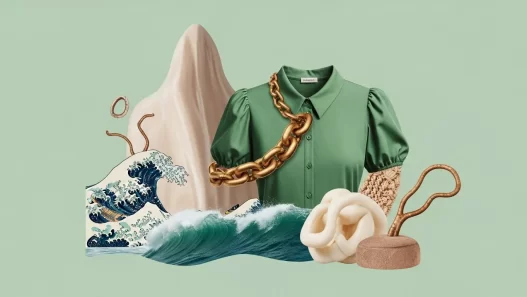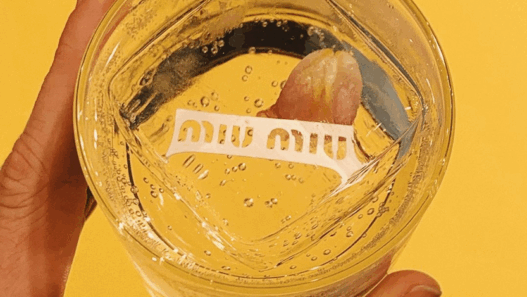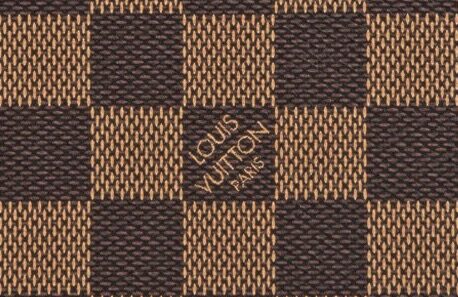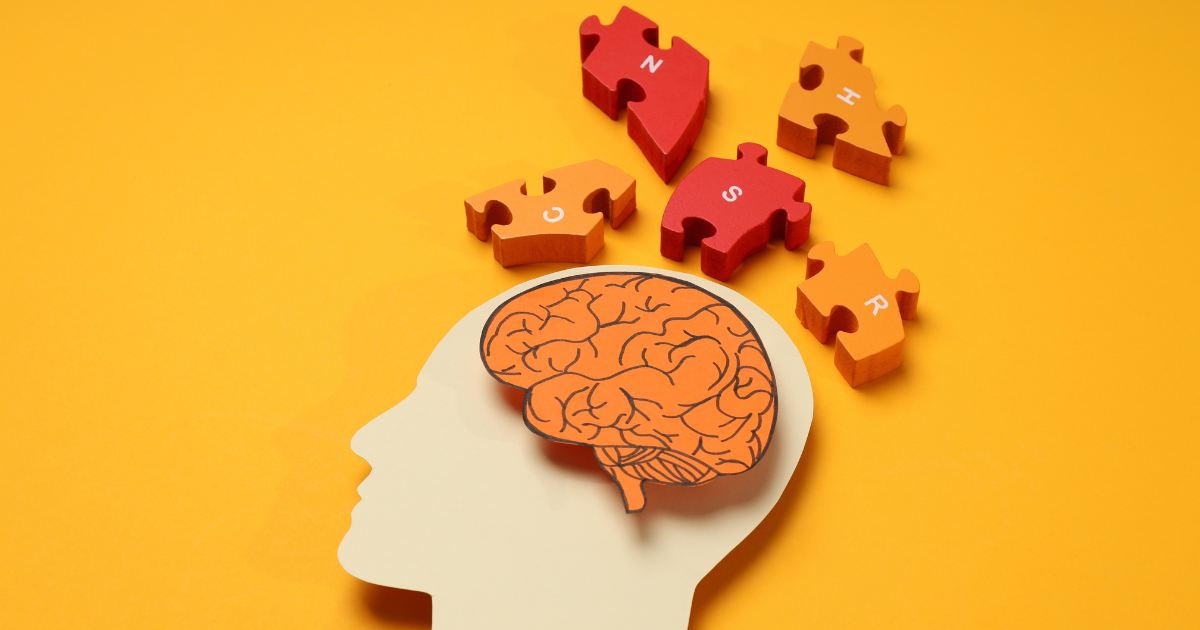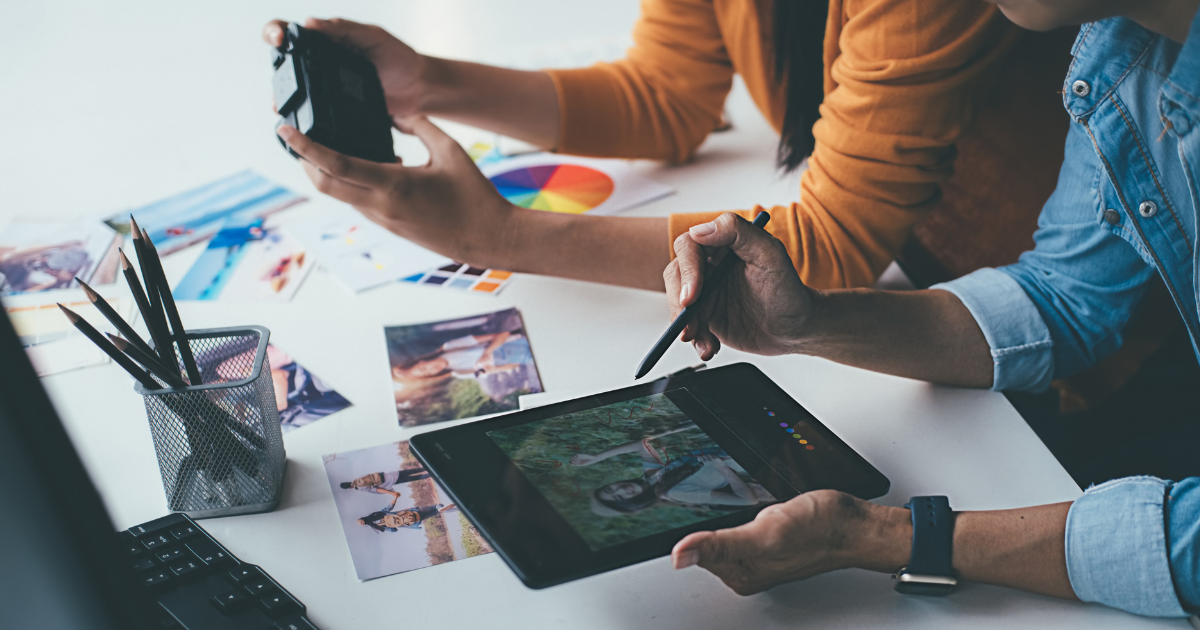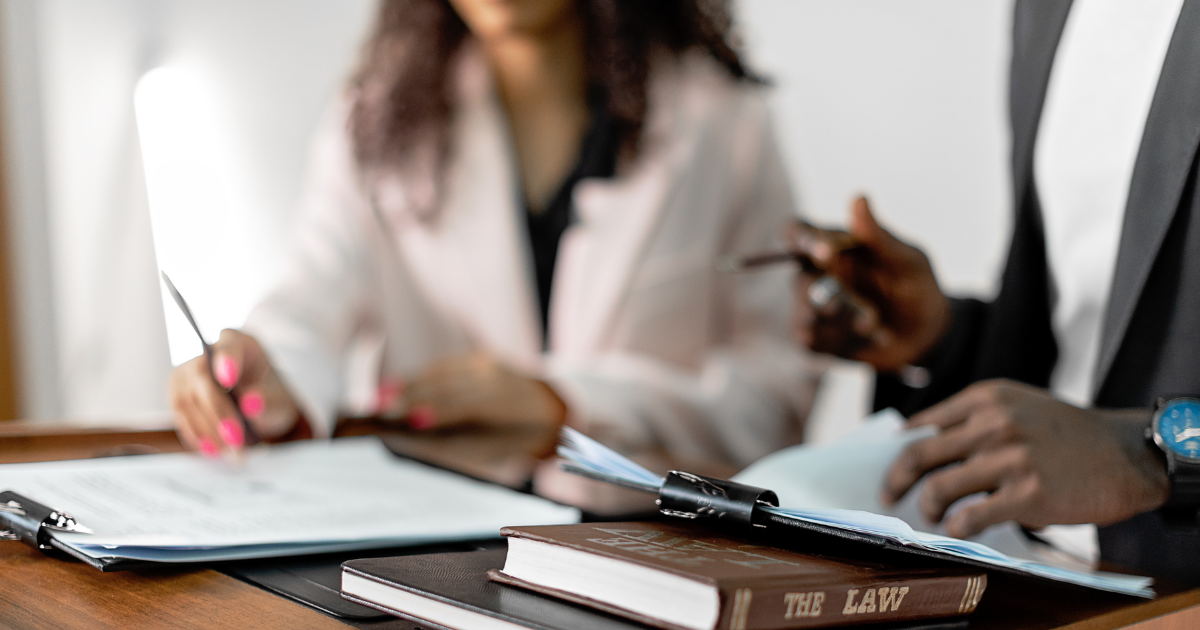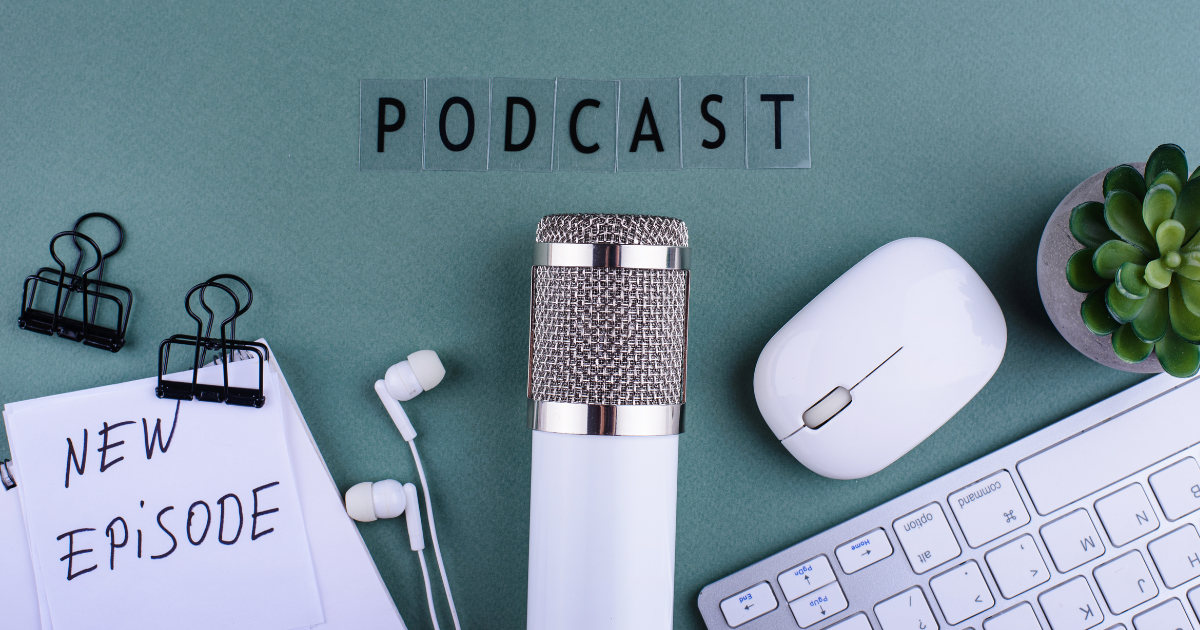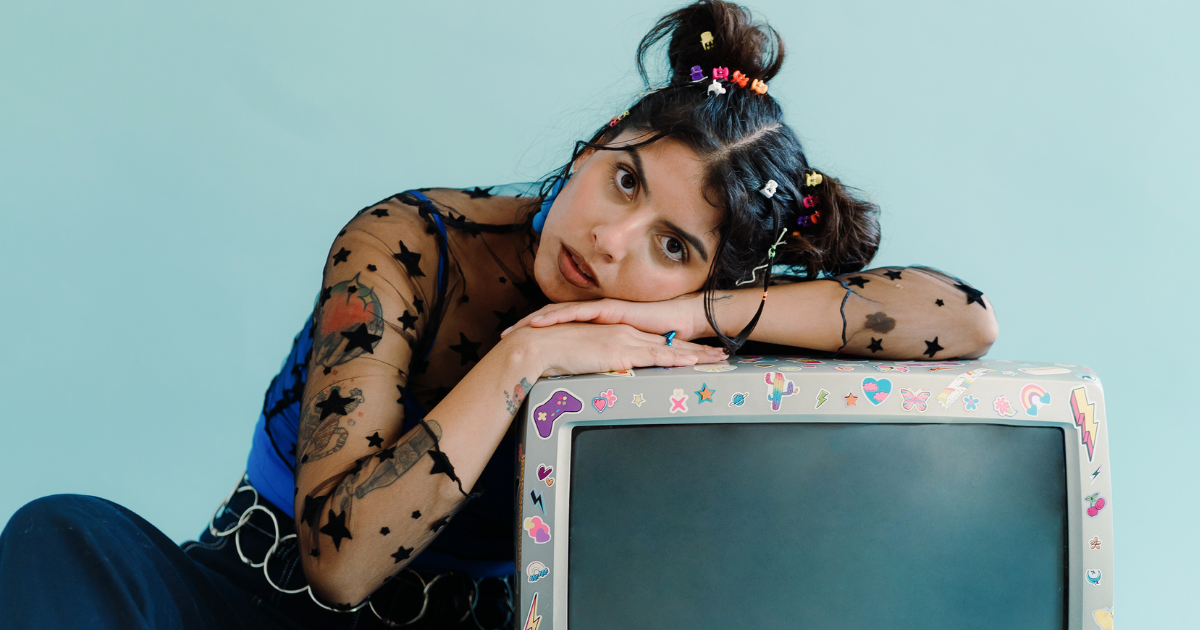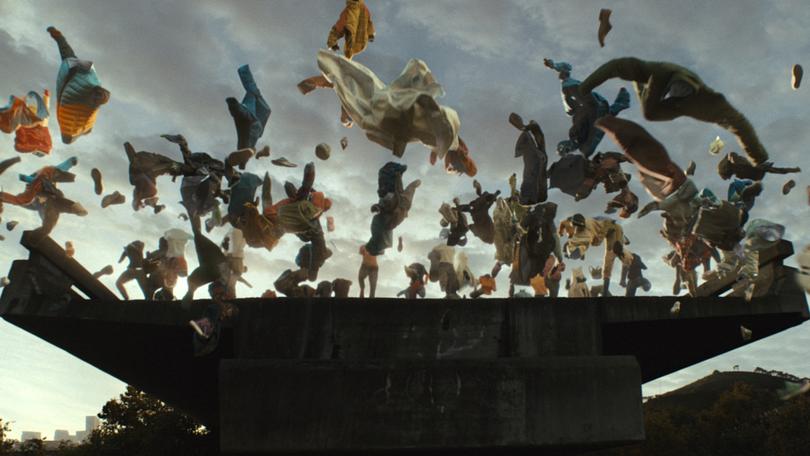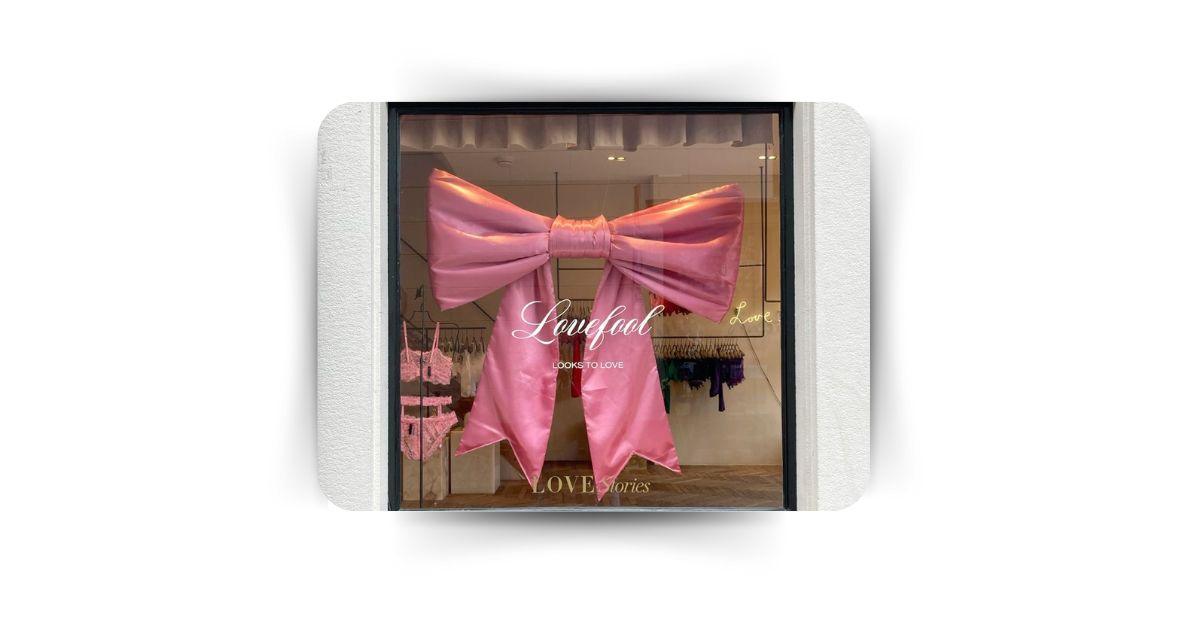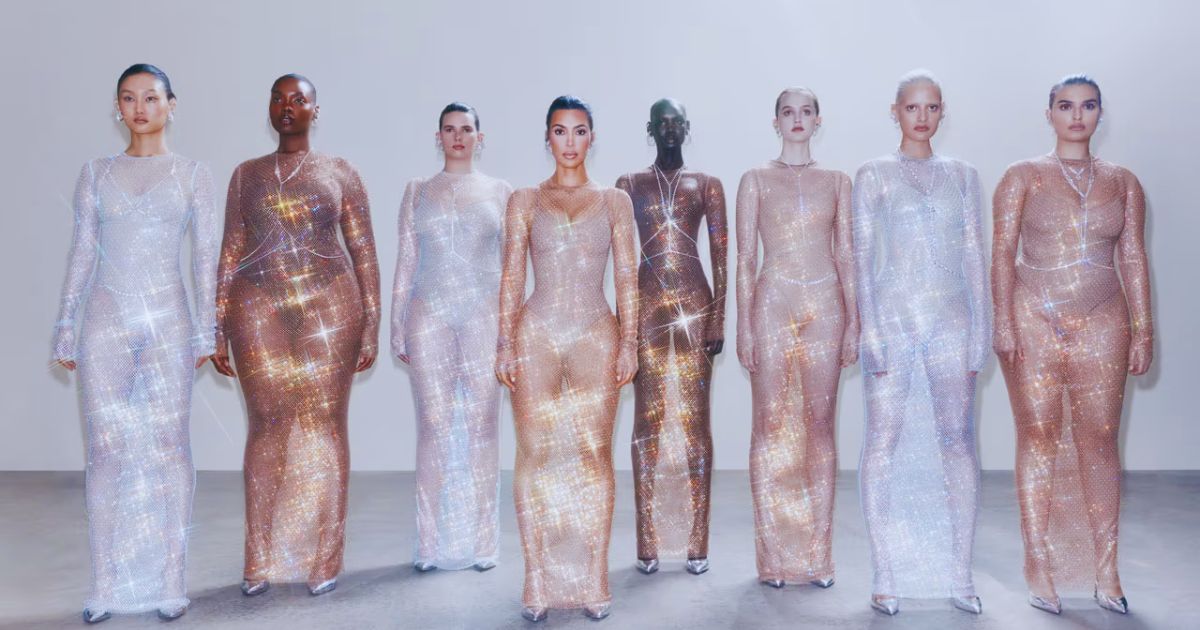In a world increasingly driven by digital innovation and rapid digital sharing of ideas, the relationship between creativity and copyright infringement has never been more significant.
Artists, writers, musicians, and creators constantly draw inspiration from existing works, walking a fine line between homage and plagiarism. This tension is amplified by the accessibility and replicability of contents, raising questions about intellectual property rights, artistic freedom, and the essence of creativity itself, especially in industries like fashion, music, art where creativity and replication have always coexisted.
This article explores the intricate dynamics at play in the debate over where creativity ends and copyright infringement begins, arguing that a nuanced understanding of inspiration, transformation, and authorship is essential in defining this border.
Copyright is a legal mechanism that grants creators exclusive rights over their original works of authorship, including literary, musical, artistic, and audiovisual works. Its primary objective is to incentivize creativity by granting economic rights to creatorswhile ensuring public access over time.
To qualify for copyright protection, a work must meet the standard of originality requiring, under several pieces of legislation worldwide, such as the US Copyright Act 1976, the work to have a minimal degree of creativity and independent creation.
This peculiar trait opens the door for questions about how much borrowing from an original work can occur without diminishing the originality of the new work, given that creativity is inherently a process of building upon existing ideas and influences.
From a legal perspective, this makes the concept of transformative use, which allows certain adaptations to add new expression, meaning, or message to the original work., pivotal as courts need to grapple with the parameter of “substantial similarity” to establish whether a work is transformative enough to be considered original or just a replica of another artist’s expression.
The resulting grey area not only complicates the creative process itself, but also highlights the urge to provide clear legal guidelines that protect original creators while encouraging the evolution of creative expressions.
On this note, the fair use doctrine provides a fundamental exception to copyright protections, allowing limited use of copyrighted material without permission from the copyright holder. In determining whether a use qualifies as fair, courts typically consider four factors: purpose and character of the use, to consider whether the new work is transformative—i.e., whether it adds new expression, meaning, or message to the original work; nature of the copyrighted work as creative works are entitled to more protection than factual works; amount and substantiality of the quantity of the original work used and the qualitative significance of what was borrowed; effect on the market, to examine whether the new work harms the market for the original work.
The interpretation of borrowing within copyright law has been shaped significantly by several landmark legal cases, each illustrating the evolving boundaries between permissible use and infringement. These cases not only clarify the legal parameters but also shed light on the dynamic interplay between innovation, creativity, and intellectual property rights.
One pivotal case is Campbell v. Acuff-Rose Music, Inc. (1994), which addressed the question of whether parody constitutes fair use. In this instance, the Supreme Court ruled in favour of the rap group 2 Live Crew, whose parody of Roy Orbison’s classic song “Oh, Pretty Woman” was challenged as a copyright infringement. The Court emphasized the transformative nature of parody, asserting that even recognizable borrowing from the original work could be permissible when the new work recontextualizes the material in a transformative manner. This decision underscored the principle that fair use is not merely about how much is borrowed but about how the borrowed material is repurposed.
In contrast, the Blurred Lines case (2015), which pitted the Marvin Gaye Estate against Robin Thicke and Pharrell Williams, highlighted the complexities of musical borrowing. The jury found that Thicke and Williams had infringed upon Gaye’s song “Got to Give It Up,” citing substantial similarities between the two compositions. The ruling sparked widespread debate over how much influence a new work can draw from an existing one without crossing into infringement. Critics of the decision argued that it risked stifling creativity by setting a precedent that might deter artists from exploring stylistic or thematic inspiration.
A different dimension of borrowing emerged in Authors Guild v. Google, Inc. (2015), a case concerning Google’s ambitious book digitization project. The dispute centred on whether Google’s practice of digitizing books for its searchable online library constituted copyright infringement. The Second Circuit Court ultimately ruled in Google’s favour, recognizing the project as a transformative use. By offering users a new way to access and interact with literature, Google’s library was deemed to have created substantial public benefit without compromising the authors’ original works. This case illustrated how innovation, when approached thoughtfully, can coexist with copyright law to open avenues for new creative possibilities.
Together, these cases demonstrate the nuanced considerations at the heart of copyright disputes. From parody in music to transformative digitization projects, they highlight the need to balance protecting creators’ rights with fostering an environment conducive to creativity and innovation.
Yet there’s more.
The impact of digital technologies further complicates the overall picture.
The rise of digital technology has transformed the creative landscape, making it easier than ever to access, remodel and share content. Digital media platforms have democratised creativity, allowing individuals to express themselves and reach a wider audience. However, this ease of access also raises concerns about copyright infringement, as users often borrow from established works without proper attribution or permission. As a result, the digital age has forced a re-evaluation of copyright laws, highlighting the need for an up-to-date regulatory framework that accommodates new forms of artistic expression while protecting the rights of original creators.
The rise of AI-generated works will further amplify the ongoing struggle to balance innovation and intellectual property rights.
Indeed, copyright law generally requires human authorship to be eligible for copyright protection. Accordingly, works generated by purely mechanical processes or random selection cannot be copyrighted.
One pressing question is therefore how much human input is necessary for an AI-generated work to be copyrightable. This debate also touches on the assessment of originality, as determining the creative merit of machine-generated content poses unique challenges that current legal frameworks struggle to address.
Similarly, the issue of 3D printable files raises questions about the limits of copyright protection. Often considered utilitarian in nature, these files generally fall outside the scope of copyright. This categorisation underscores the difficulty of applying traditional intellectual property principles to emerging technologies that blur the lines between functionality and creativity.
As if the current situation was not intricate enough, global standards and diverse copyright regimes further emphasize the significance of the location and context of use, failing to ensure consistency in protecting creators’ rights. Different jurisdictions may afford indeed varying degrees of protection and leeway for creative borrowing.
However, a certain degree of flexibility is desirable.
Overly stringent copyright laws can stifle creativity and innovation by creating an environment of fear and hesitation among creators.
When the potential for litigation looms large, artists may self-censor or avoid exploring certain ideas altogether, leading to a homogenisation of creative production. This deterrent effect can stifle the development of art and culture by discouraging creators from engaging with existing works that could inspire new creations. A balanced approach to copyright that encourages collaboration, and the free exchange of ideas is crucial to fostering a vibrant creative ecosystem. By fostering an environment where artists feel empowered to innovate without the constant threat of infringement claims, society can cultivate a richer cultural landscape.
As society evolves, so must our understanding of creativity and copyright. Emerging technologies such as artificial intelligence and blockchain are reshaping the creative landscape, presenting new challenges and opportunities for copyright enforcement and protection. AI-generated content raises questions about authorship and ownership, while blockchain technology offers potential solutions for tracking and securing creators’ rights. The future of creativity is likely to require a re-evaluation of existing legal frameworks to accommodate these advances, while fostering a culture of innovation. Proactive discussions about the implications of these technologies will be essential in defining the line between creativity and copyright infringement in the years to come.
Therefore, it seems imperative to foster a legal and cultural environment that supports creativity while respecting the rights of original creators. By embracing a nuanced understanding of the interplay between inspiration, transformation and authorship, society can cultivate a vibrant creative ecosystem that respects both innovation and intellectual property rights. As we continue to grapple with these issues, a balanced approach is essential to fostering the future of creativity in an ever-changing world.
References
Arnold, M. & S. Levin. (2021). The Difference Between Plagiarism and Copyright Infringement. [HTML]
Retrieved from https://copyrightalliance.org/differences–copyright–infringementplagiarism/
Bytescare. (2023). Difference Between Plagiarism and Copyright Infringement. [HTML] Retrieved from https://www.linkedin.com/pulse/difference–between–plagiarismcopyright–infringement–bytescare/ Das, S. (2023). Plagiarism vs Copyright Infringement – Rules and Differences. [HTML] Retrieved from https://legamart.com/articles/plagiarism–vs–copyright–infringement/
University of Illinois in Chicago. (2023b). Avoiding Plagiarism – Dissertation / Thesis FAQ re: Copyright.
[HTML] Retrieved from https://researchguides.uic.edu/c.php?g=252209& p=1682802
University of Illinois in Chicago. (2023c). Avoiding Plagiarism – Avoiding Plagiarism. [HTML] Retrieved from https://researchguides.uic.edu/etds/plagiarism
Arnold,2021
Bytescare. (2023)
Das(2023)
Gilden, A., & Subotnik, E. E. (2023). Copyright’s Capacity Gap. UC Davis L. Rev., 57, 899.
Wang, J. (2024). Reconstructing the copyright idea/expression dichotomy for video games. Queen
Mary Journal of Intellectual Property, 14(3), 248-266.
Gilson, L. L. (2024). Why be creative: A review of the practical outcomes associated with creativity at
the individual, group, and organizational levels. Handbook of organizational creativity, 303-322.
Henderson, P., Li, X., Jurafsky, D., Hashimoto, T., Lemley, M. A., & Liang, P. (2023). Foundation
models and fair use. Journal of Machine Learning Research, 24(400), 1-79.
Lua, E., Liu, D., & Shalley, C. E. (2024). Multilevel outcomes of creativity in organizations: An
integrative review and agenda for future research. Journal of Organizational Behavior, 45(2), 209-233.
Ploman, E. W., & Hamilton, L. C. (2024). Copyright: Intellectual property in the information age.
Taylor & Francis.
Riccio, P., & Oliver, N. (2024). A techno-feminist perspective on the algorithmic censorship of artistic
nudity. Hertziana Studies in Art History, 3.
University of Illinois in Chicago. (2023c). Avoiding Plagiarism – Avoiding Plagiarism. [HTML]
Retrieved from https://researchguides.uic.edu/etds/plagiarism
West, M. A., & Sacramento, C. A. (2023). Creativity and innovation: The role of team and
organizational climate. In Handbook of organizational creativity (pp. 317-337). Academic Press.
Nyembe, S. (2023). The Challenges of Protecting Copyright in the Digital Age Due to Digital
Piracy (Master’s thesis, University of Pretoria (South Africa)).
Das, K., Patel, J. D., Sharma, A., & Shukla, Y. (2023). Creativity in marketing: Examining the
intellectual structure using scientometric analysis and topic modeling. Journal of Business
Research, 154, 113384.
- U.S. Copyright Act of 1976.
- Bridgeport Music, Inc. v. Dimension Films, 410 F.3d 792 (6th Cir. 2005).
- Lessig, Lawrence. Free Culture: How Big Media Uses Technology and the Law to Lock Down Culture and Control Creativity. Penguin Press, 2004.
- McLeod, Kembrew, and Peter Messere. “The Politics of Copyright Infringement.” Social Research, vol. 76, no. 1, 2009, pp. 225-248.
- Samuelson, Pamela. “Mapping the Digital Public Domain: Threats and Opportunities.” Law and Contemporary Problems, vol. 66, no. 1, 2003, pp. 121-136.
- Campbell v. Acuff-Rose Music, Inc., 510 U.S. 569 (1994).
- Authors Guild v. Google Inc., 804 F.3d 202 (2d Cir. 2015).
- Marvin Gaye Estate v. Robin Thicke, 898 F.3d 1160 (9th Cir. 2018).
- U.S. Copyright Office. (2021). Copyright Basics.
Author Name: Nooshin Ardalan Manesh (LLM in Fashion Law – LUISS School of Law)
 Noushin Ardalan Manesh, specializing on Fashion Law, fresh graduate from
Noushin Ardalan Manesh, specializing on Fashion Law, fresh graduate from
Luiss Guido Carli International University.



